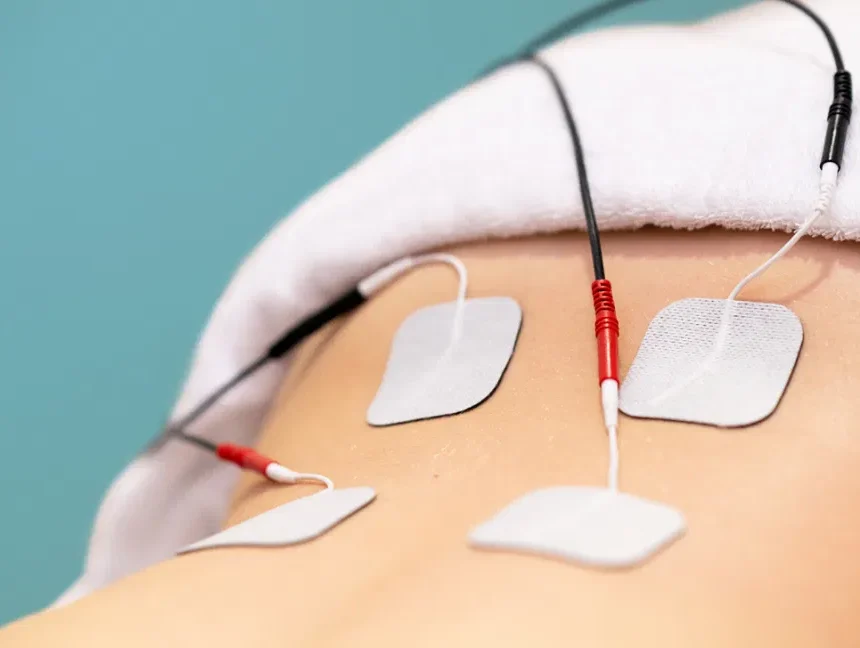Mole Removal Treatment Dubai
Most moles are fine, but if your doctor thinks one looks weird, they might suggest taking it off. You can also get rid of moles just for looks by getting mole removal treatment Dubai services. Whether they cut it out or shave it off, it's fast and won't hurt much once they numb the spot. After, you might feel a bit of sting or burn for a few days.

What is mole removal treatment Dubai?
When your skin doctor removes a mole, they either shave or cut it off during a simple outpatient procedure. This doctor, called a dermatologist, focuses on skin problems. The quick process lets them check if the mole has any signs of skin cancer. Some folks also get moles removed to improve their appearance.
We Provide All Types Of Laser Treatments
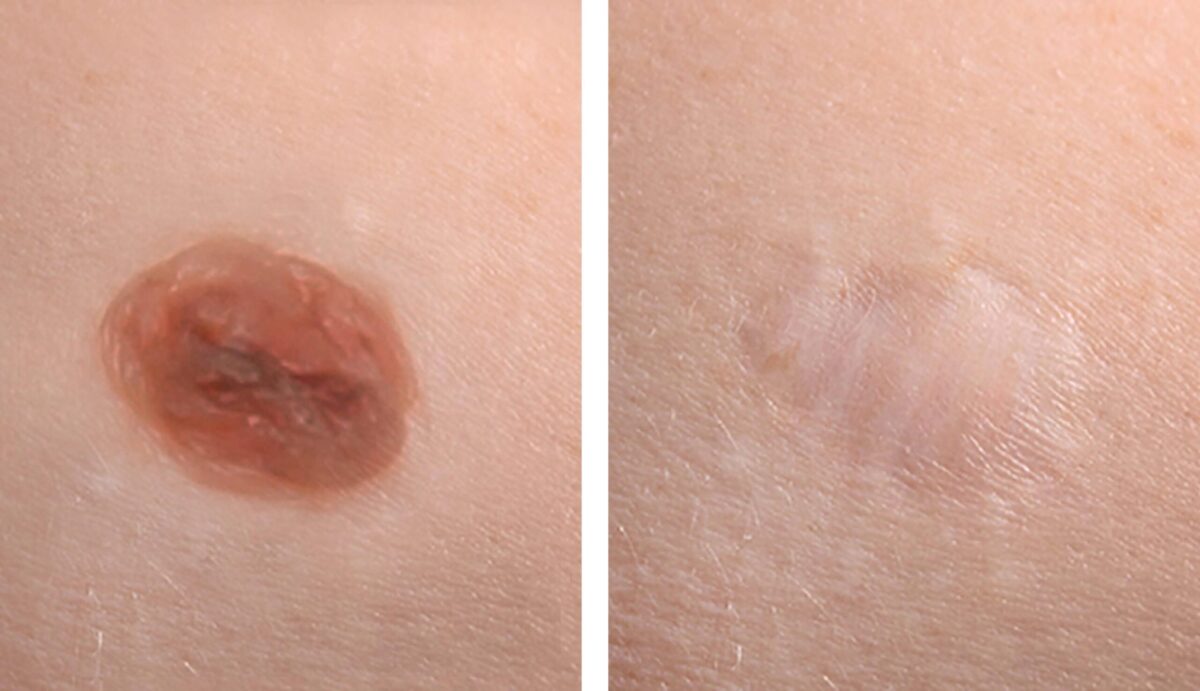
What is a mole?
Moles often show up when you're a kid or a teenager and can be the same color as your skin or pink, brown, or black. People with darker hair or skin usually have darker moles compared to those with lighter hair or skin. Moles can be flat or stick out from your skin. Your doctor might call your mole a "nevus" (pronounced nee-vis), or a bunch of moles "nevi" (pronounced neev-eye).
It's normal to have around 10 to 40 moles when you're grown up. Some moles grow slowly and might get lighter or disappear over time. Most moles are safe, but if you're worried about how a mole looks or if it changes color, shape, gets itchy, or bleeds, it's a good idea to see your doctor.
Sometimes, moles can be a type of skin cancer or might turn into it. If your mole is itchy, bleeds, isn't round or oval, or you see changes in how it looks, talk to your doctor about it.
Why is mole removal done?
If you have a weird-looking mole on your face, neck, arms, legs, or body, your doctor might suggest taking it off. They do this to check if it could be cancer or a problem before it turns into cancer. If the mole is taken off and everything around it looks good, it can be a cure for skin cancer that hasn't spread. Sometimes, they might also remove a mole if you don't like where it is or how it looks.
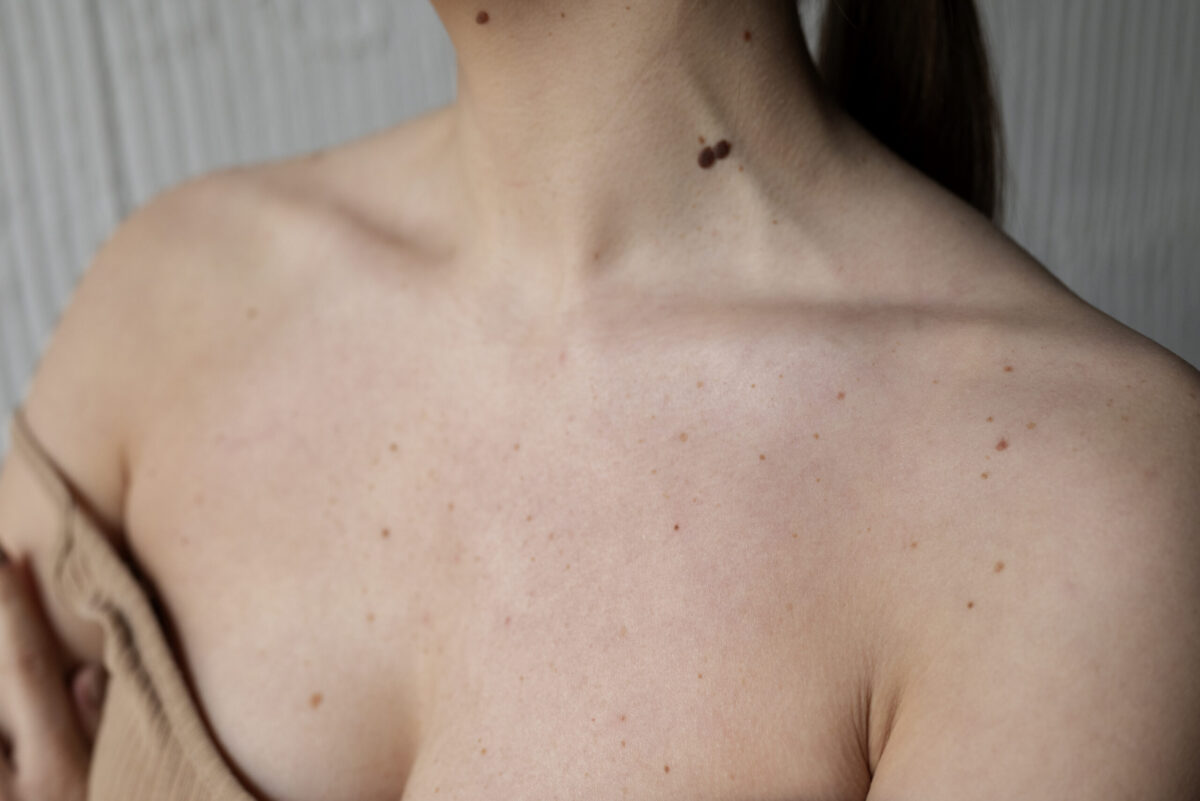
Make An Appointment
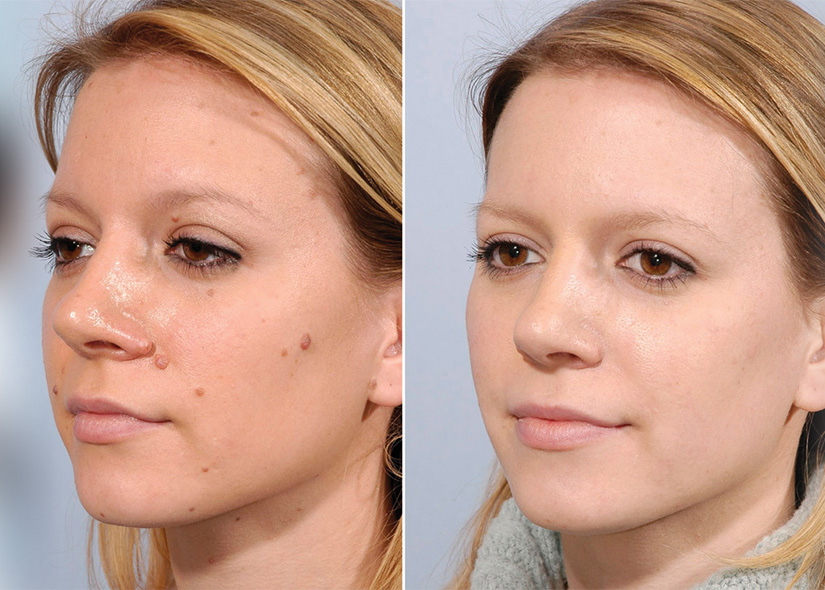
Who needs to have this treatment?
Most moles don't need to be treated. However, if you don't like how a mole looks or feels, you can talk to your doctor about removing it. Usually, moles are taken off if your doctor thinks they could be cancerous or if you just want them gone for appearance reasons.
- Atypical mole removal: Most moles are usually round, flat, or a bit raised. They have the same color and size for a long time. But if your mole looks different or odd, your doctor might recommend removing it. They will then check if it's cancerous or not by running tests.
- Cosmetic mole removal: If you have a mole that you don't like or it's bothering you, talk to your doctor about it. Don't try to remove it yourself at home. It's safer to have a doctor remove it, and you'll be happier with the results after you've healed.
How do dermatologists remove moles?
There are two main ways to get rid of moles: cutting them out or shaving them off. Like any surgery, both methods have good and bad sides. Discuss with your skin doctor to figure out which way works best for you.
Surgical excision
Taking out a mole is a common way to get rid of it. First, the area is cleaned and numbed. Then, the surgeon uses a sharp knife to cut the mole away from your skin. They might also remove a bit of normal skin around it to make sure all the strange cells are gone. After grabbing the mole with tweezers, they lift it off. It's normal for there to be some bleeding. The surgeon might press on the area or use heat to stop the bleeding before sewing the skin back together.
Shave excision
Another way to remove a mole is called shave excision. Instead of cutting, your doctor may use a razor to shave off the mole. This method gives a tissue sample for testing, and people usually like the results after healing. However, it's not good for checking deep tumor edges or identifying different types of skin cancer. During shave excision, your doctor carefully shaves the mole with a razor, leveling it with the surrounding skin. They might also burn the area around the removed mole to make the scar look better after it heals. Moles removed this way are a bit more likely to come back compared to those removed with surgical excision.
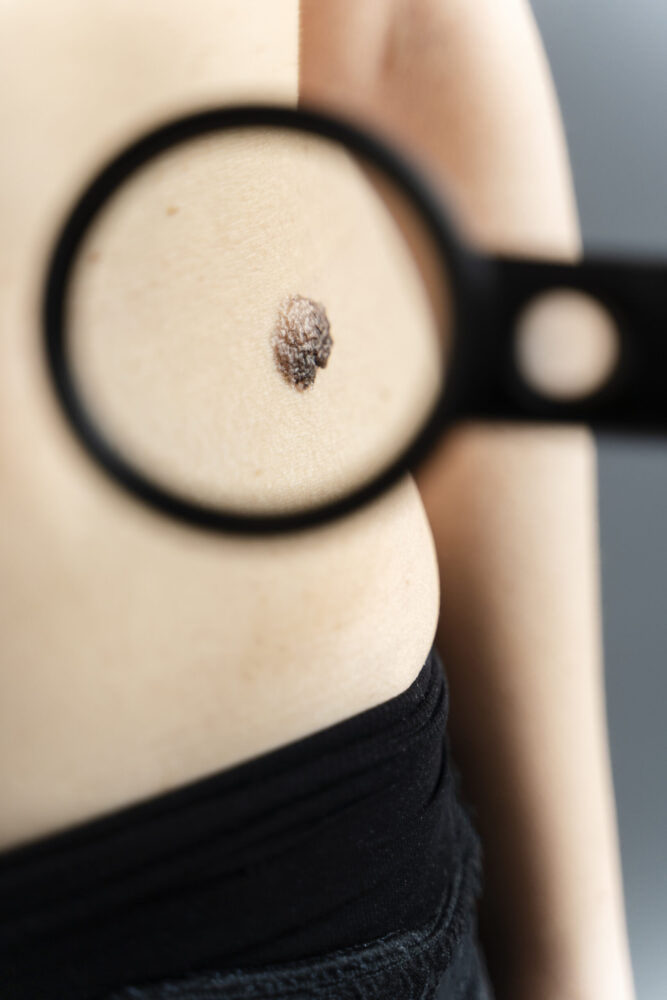
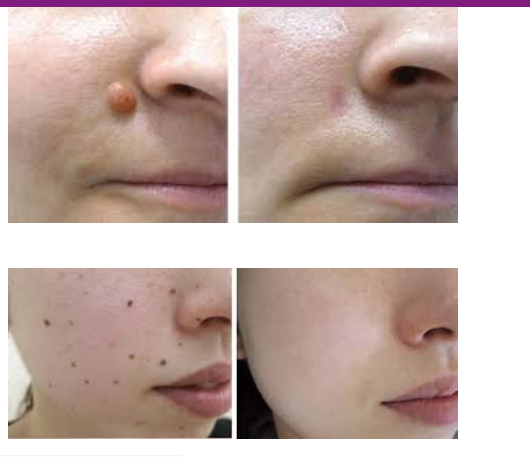
What about lasers or other possible methods of mole removal?
In the past, some doctors used lasers, electric current, or freezing liquid nitrogen to get rid of moles. But these methods are not usually suggested because they don't leave a sample of the mole for further study. This makes it harder to figure out what kind of mole it was. Also, using these treatments increases the chances of the mole coming back. Occasionally, moles that return after being removed without surgery can show signs of skin cancer.
We offer wide range of Laser Treatments
Dr. Sarah Tailor
Prosthodontics DentistDr. Rose Tailor
Prosthodontics DentistDr. Melborn Doe
Prosthodontics DentistDr. Nabeela Jamshed
General DentistDr. Ena Dicrosa
Aesthetic DentistryDr. Addison Smith
GastroenterologistsDr. Daisy Gabriela
EndocrinologistsDr. Ronnie Aaron
Dermatologists
Moles that are not cancerous also might not need to be removed. Moles that have developed strange changes like increasing size, shape, color, or irregular borders may require evaluation by a dermatologist and potential removal if needed for medical regards
The most common methods of removal are excision with a scalpel or surgical shaver, laser ablation, and cryotherapy, that is, freezing. The selection of the method may be influenced by the size, location, and type of the mole and the patient’s preferences.
The healing time for a mole removal scar depends on the method used and also individual features about the human body like that of his skin type and where the mole was removed. In the majority of cases, scars fade away considerably after several weeks or months.
- Risks of mole removal procedures could be infection, bleeding, atypical scars, and altered pigmentation of the skin. Nevertheless, they are generally minimal when carried out by staff who have the necessary training and equipment in a sterile environment.
While it’s uncommon for completely removed moles to grow back, there is a slight possibility of recurrence if any mole cells remain in the skin. Regular skin checks and follow-up appointments with a dermatologist are important for monitoring changes.
Insurance coverage for mole removal depends on factors such as the medical necessity of the procedure and the individual’s insurance plan. Mole removal for cosmetic reasons may not be covered, whereas removal for medical reasons may be reimbursed.
It’s not recommended to attempt mole removal at home, as it can lead to complications such as infection, scarring, or incomplete removal. It’s safer to consult a dermatologist for professional evaluation and removal, if necessary.
Real Review From Our Real Customer

Sarah Taylor
DeveloperLorem ipsum dolor sit amet consectetur adipiscing elit sed do eiusmod tempor incididunt ut labore et dolore magna aliqua. Ut enim ad minim veniam, quis nostrud exercitation ullamco laboris nisi ut aliquip ex ea commodo consequat.

Aiken Ward
DesignerLorem ipsum dolor sit amet consectetur adipiscing elit sed do eiusmod tempor incididunt ut labore et dolore magna aliqua. Ut enim ad minim veniam, quis nostrud exercitation ullamco laboris nisi ut aliquip ex ea commodo consequat.

Eachann Jhon
FounderLorem ipsum dolor sit amet consectetur adipiscing elit sed do eiusmod tempor incididunt ut labore et dolore magna aliqua. Ut enim ad minim veniam, quis nostrud exercitation ullamco laboris nisi ut aliquip ex ea commodo consequat.

Smith Jorge
DesignerLorem ipsum dolor sit amet consectetur adipiscing elit sed do eiusmod tempor incididunt ut labore et dolore magna aliqua. Ut enim ad minim veniam, quis nostrud exercitation ullamco laboris nisi ut aliquip ex ea commodo consequat.
Stay Updated With Our Latest News And Blog Articles
- By: admin
- June 3, 2024
- No Comments
Benefits of Electrotherapy
- By: admin
- June 4, 2024
- No Comments
Is Electrotherapy Safe During Pregnancy?
- By: admin
- June 4, 2024
- No Comments










